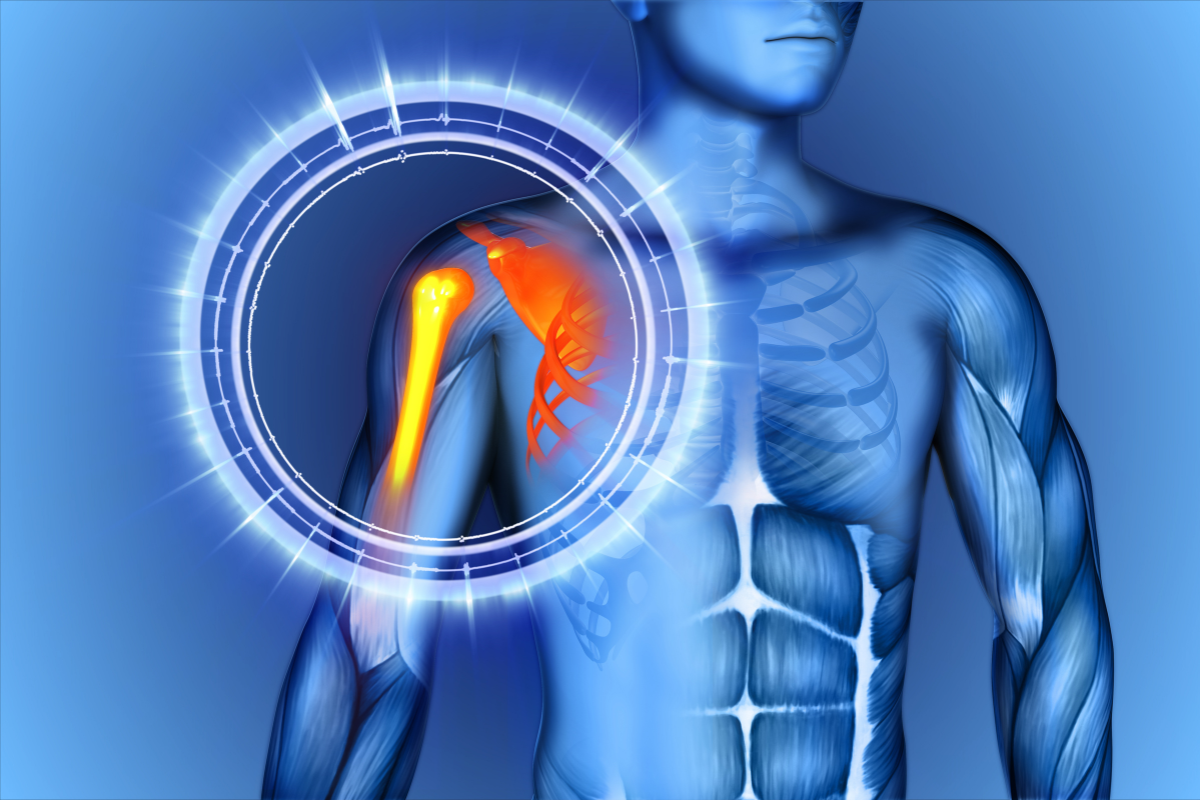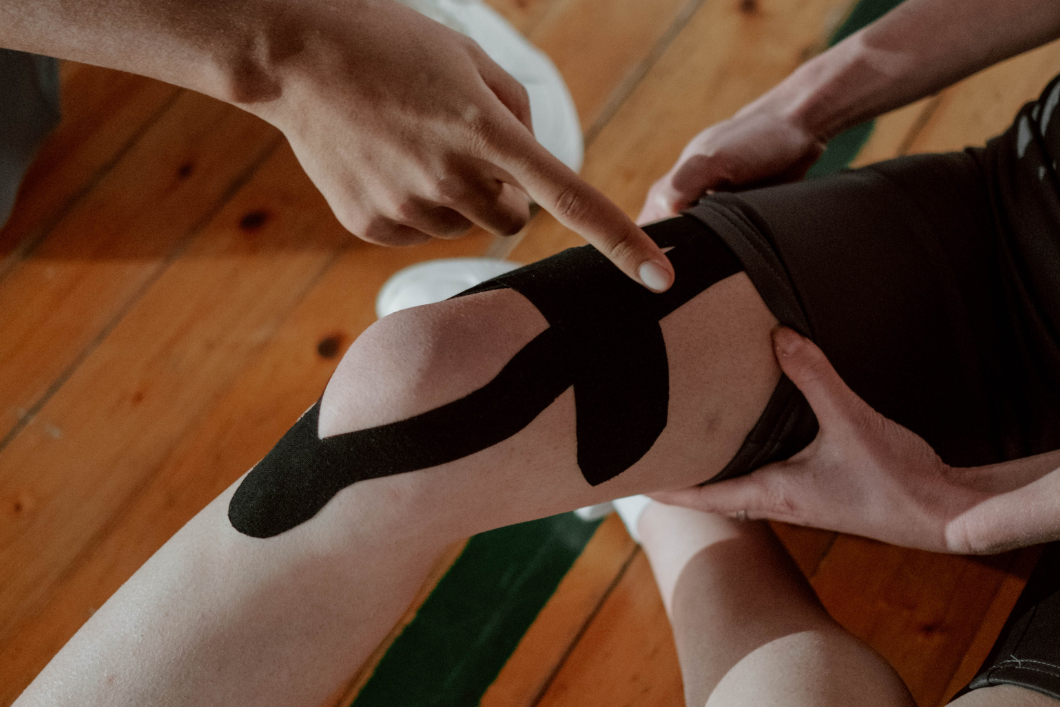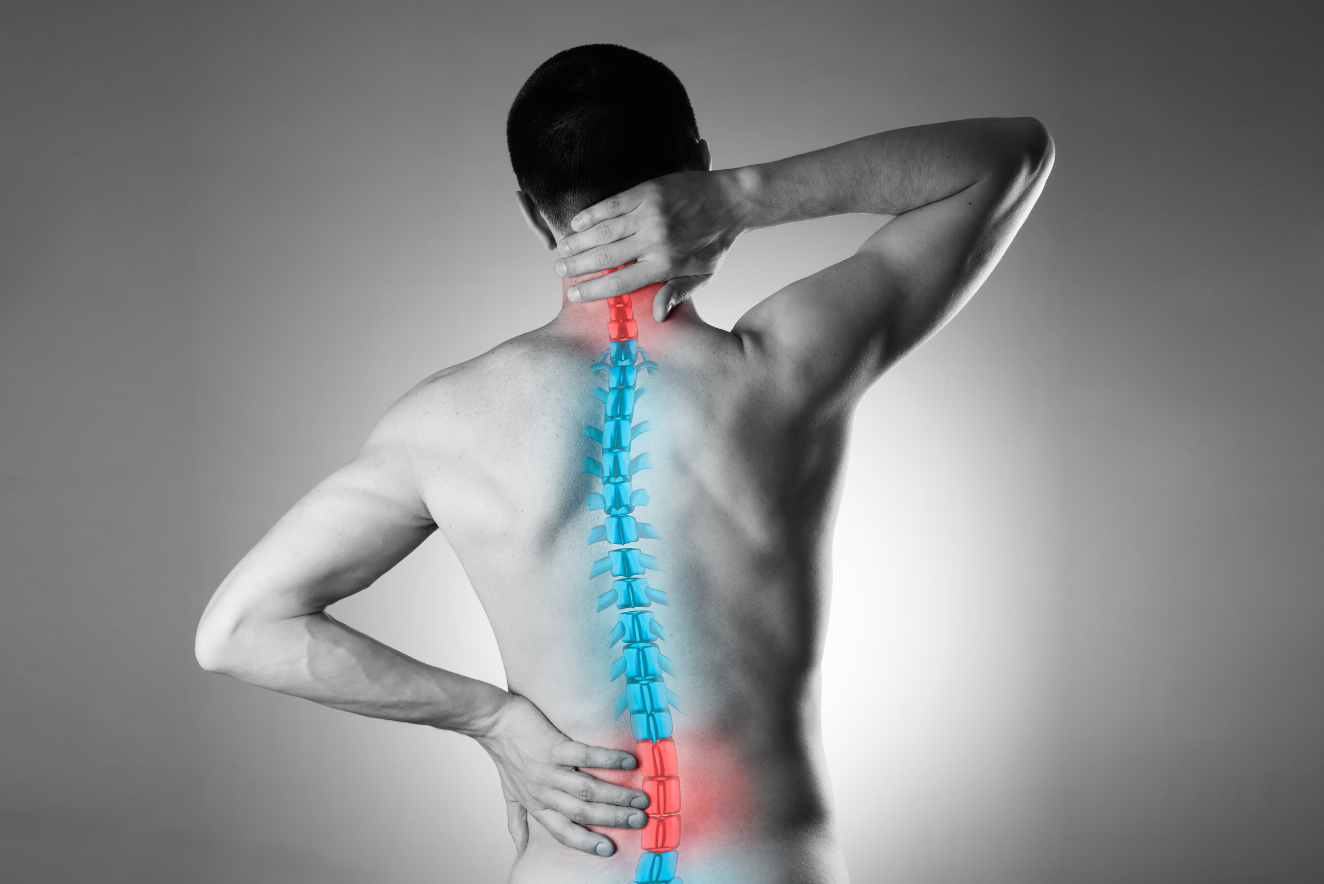Orthopaedic Surgery
Faster Recovery with New Technique for Total Hip Replacement: Direct Anterior Approach
Total hip replacement (THR) is a life-changing procedure for many people dealing with severe hip pain and mobility issues. Over the years, different surgical techniques have emerged, with some offering faster recovery times and fewer complications.
This article has been fact-checked by Dr Henry Chan Ying Ho, orthopaedic surgeon at HC Orthopaedic Surgery, Mount Elizabeth Medical Centre, Singapore.
About the Doctor
Total hip replacement (THR) is a life-changing procedure for many people dealing with severe hip pain and mobility issues. Over the years, different surgical techniques have emerged, with some offering faster recovery times and fewer complications. One of the most promising methods is the Direct Anterior Approach (DAA), a less invasive technique that allows patients to get back on their feet quicker. But how does it stack up against other methods like the posterior approach or new tech-based surgeries? And what should patients expect in terms of recovery and rehabilitation? Let’s explore this in more detail.
Exploring Different THR Techniques
When it comes to THR, no one-size-fits-all approach works for every patient. There are several surgical techniques available, each with its own set of pros and cons. Some common approaches include:
Posterior Approach
Traditionally, the posterior approach has been the go-to method for many surgeons. This technique involves making an incision at the back of the hip. It provides excellent visibility for the surgeon, but there’s a downside—muscle tissue needs to be cut to access the joint, which can lead to a longer recovery time and a higher risk of dislocation after surgery. While it’s still a widely used method, some patients and doctors are exploring alternatives for faster recovery.
Lateral (Anterolateral) Approach
The lateral approach is another option, where the surgeon makes the incision on the side of the hip. Like the posterior approach, it requires cutting through muscle to reach the joint. One of the benefits here is that it provides good stability after surgery, but similar to the posterior approach, the muscle disruption can cause a slower recovery and lingering discomfort.
Direct Anterior Approach (DAA)
Now, this is where things get interesting. The Direct Anterior Approach is a newer technique that has been gaining attention because of its muscle-sparing nature. Instead of cutting through muscles, the surgeon works between them, which leads to less post-op pain and a quicker recovery. Many patients who undergo DAA find that they can return to their regular activities much sooner than those who opt for more traditional methods. Plus, the risk of hip dislocation is generally lower since the stabilizing muscles around the hip remain intact. And let’s not forget, a smaller incision means less scarring and a shorter hospital stay.
Robotic-Assisted and Computer-Aided Techniques
In recent years, technology has brought even more advancements to hip replacement surgeries. Computer-aided and robotic-assisted techniques allow for greater precision during the procedure, helping surgeons place the implant more accurately. These high-tech methods can be combined with any of the surgical approaches, including the DAA, offering an extra layer of safety and potentially leading to better outcomes. For patients, this can mean a smoother recovery and a reduced risk of complications down the road.
Advantages of the Direct Anterior Approach
So, why are so many patients and surgeons turning to the Direct Anterior Approach? The appeal lies mainly in the recovery process. Because this method avoids cutting through major muscles, recovery tends to be quicker and less painful. Here are some of the key benefits that make DAA stand out:
- Faster Recovery: Many patients find they are back on their feet and returning to normal activities much sooner than they expected.
- Less Post-Operative Pain: By avoiding muscle cuts, the post-surgery pain is generally lower, making the recovery period more comfortable.
- Lower Dislocation Risk: The hip’s stabilizing muscles remain intact, which reduces the chance of the joint dislocating after surgery.
- Shorter Hospital Stays: Many patients can leave the hospital within a day or two, which is a huge plus for those eager to recover in the comfort of their own homes.
- Smaller Incision and Minimal Scarring: No one likes a big scar. The DAA requires a smaller incision, leading to less visible scarring and a lower risk of infection.
Post-Operative Rehab: What to Expect
No matter which surgical approach is used, rehabilitation is a crucial part of the recovery process after a total hip replacement. Rehab helps patients regain their mobility, build strength, and ensure that the new hip functions as it should.
Early Days (1-7)
In the first few days after surgery, the focus is on managing pain and getting the patient moving. Walking, even just a few steps, is encouraged as soon as possible to prevent stiffness and other complications. Patients are often surprised to find that they’re up and about much sooner than they anticipated. Physical therapy usually begins in the hospital, with simple exercises designed to improve mobility and strengthen the hip muscles.
- Goals: Manage pain, start walking (with help), and begin gentle exercises.
- Tools: Walkers or crutches, pain meds, and compression stockings to reduce the risk of blood clots.
Intermediate Phase (2-6 Weeks)
As the initial recovery progresses, physical therapy becomes more intensive. The focus is on strengthening the muscles around the hip and improving the range of motion. Walking longer distances, climbing stairs, and even tackling light household chores may be reintroduced during this time. Patients may start transitioning from walkers to canes or even walking unaided, depending on how quickly they’re healing.
- Goals: Improve strength and mobility, and gradually reduce reliance on walking aids.
- Activities: Physical therapy sessions, exercises targeting the hip, thighs, and core, and resuming everyday tasks.
Later Phase (7-12 Weeks)
By this stage, most patients are well on their way to full recovery. The emphasis shifts to building endurance and flexibility. More strenuous exercises, like resistance training or swimming, might be introduced as part of the rehab routine. Low-impact activities such as cycling or even light jogging may also be safe to try at this point, though it’s essential to check with the doctor or physical therapist first.
- Goals: Achieve full range of motion and strength, build endurance, and return to daily life without restrictions.
- Activities: Advanced physical therapy, aerobic exercises, and a return to hobbies or sports—within reason.
Final Thoughts
The Direct Anterior Approach for total hip replacement is changing the game for many patients. With its focus on minimizing muscle damage, it allows for quicker recovery times, less pain, and a reduced risk of dislocation. When combined with cutting-edge technologies like robotic assisted surgery, it represents the future of hip replacement.
If you’re considering a total hip replacement, it’s essential to discuss your options with an orthopedic surgeon to determine the best approach for your needs. And remember, a well planned post-operative rehab program will be key to getting back on your feet and enjoying life with your new hip.















